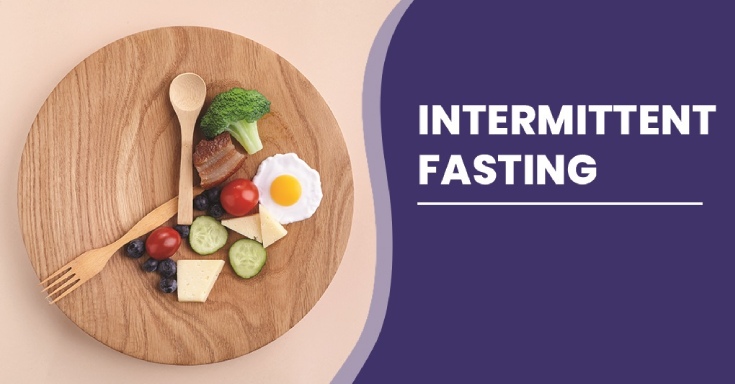There are various stages of Intermittent fasting. It is not only a weight-loss technique or a bodybuilder’s trick for losing fat while keeping lean muscle mass. It is, at its finest, a healthy way of life guided by human evolution and metabolic research. It requires the human body to be far more efficient and self-protective than it has been in recent years.
Each stage of Intermittent Fasting has distinct impacts on your energy, metabolism, and hormones, as well as important health advantages, and may aid in determining which pattern of Intermittent Fasting is ideal for you.
Stages of Intermittent Fasting
Stage 1: Fasting
Your first eating window is the first stage of intermittent fasting. It all starts with your last mouthful of food the night before. As you can see, the first 12 hours of fasting are likely to be very similar to your present schedule for most individuals. Because you’ll be sleeping for around 8 hours throughout your first fasting window, the first 12 hours should be quite easy. In addition, greater levels of cortisol (our stress hormone) in the morning assist to boost energy levels without the need to have breakfast straight away.
Stage 2: Fasting
When you fast for 12 hours, your body begins to burn fat. The fat-burning mechanism known as lipolysis kicks in whenever insulin (our storage hormone) levels drop. Furthermore, when we stop eating, our insulin levels normally drop (aka while fasting). Your cells begin to “clean house” at this period through a process called Autophagy. Autophagy is a process in which the body eliminates malfunctioning mitochondria (energy systems within cells) to create room for new, better-functioning mitochondria. In fact, it appears like the brain is cleaning itself! This is probably why so many individuals say Intermittent Fasting gives them more energy.
Stage 3: Eating
An eight-hour eating window is a frequent eating window. This gives you enough time to eat 2-3 highly satiating meals to help you achieve your weight reduction and fitness objectives. However, an 8-hour eating window is not required. If you can’t keep a schedule that works for you, you won’t be able to reap the rewards in the long run.
Your body is no longer fasting during this “eating window.” You’ve started to break down and absorb nutrients. This means that autophagy and the MMC have been disabled. It’s critical to consume enough protein, fat, and fiber during this eating window in order to trigger satiety hormones and prevent hunger during your next fasting period. Amino acids from protein will also be utilized to repair muscles damaged during an exercise earlier in the day.
Stage 4: Fasting
You’ve started your second fasting window when you’ve finished the final bite of your previous meal. The length of your fast will be determined by the eating window you pick. During your fasting window, you can also get some exercise. Because fat burning is activated when you’re fasting, exercising at this time can help your body utilize fat as fuel directly. It is critical, however, that you gradually resume your workout routine.
Stage 5: Eating
We’ve arrived at your second eating window in this last stage of Intermittent Fasting. If you discovered that the previous day’s meals were not satisfying enough for you, you can modify the quantity of protein, fat, and fiber in your meals to meet your needs. Because you did a lot of activity earlier in the day, you might need a little more protein or fat on some days. Others, you may discover, don’t require as much. It’s crucial to take things day by day and analyze how you’re feeling so you can keep giving your body the nutrition it requires to keep fat burning going and reach your health objectives.
In the end, please ensure that you are on top of your dietary requirements and do not suffer any post-fasting malnutrition. On a strict weight-loss regimen, you needn’t stress yourself through the process, as this is an ongoing process and stress can impact your health negatively.





